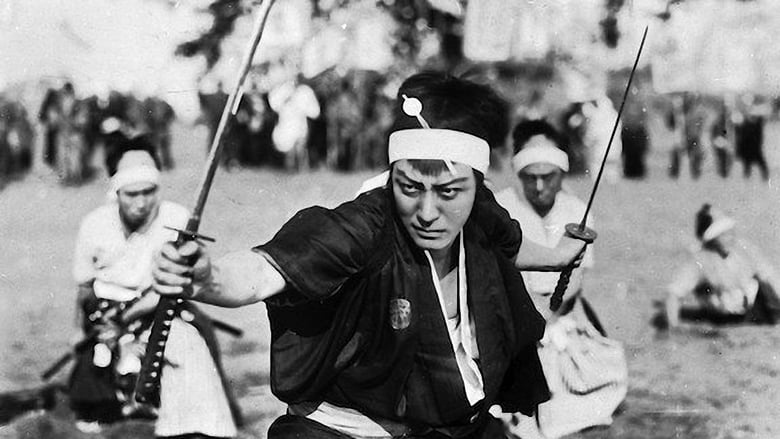Ní féidir le baill ach ár leabharlann scannán agus físe a shruthlú nó a íoslódáil
Lean ort ag faire SAOR IN AISCE ➞Tógann sé níos lú ná 1 nóiméad chun Cláraigh a dhéanamh ansin is féidir leat taitneamh a bhaint as Teidil Scannáin & Teilifíse Neamhtheoranta.

血煙高田の馬場
Caitheadh: Tsumasaburō Bandō, Takashi Shimura, Tokumaro Dan, Ryōsuke Kagawa, Chiyoko Ôkura, Momonosuke Ichikawa
Criú: Maki Tozo (Screenplay), Maki Tozo (Original Story), Ban Takahashi (Music), Yukio Kaihara (Sound Recordist), Masahiro Makino (Director), Hiroshi Inagaki (Director)
Stiúideo: Nikkatsu Corporation
Runtime: 57 nóiméad
Cáilíocht: HD
Scaoileadh: Dec 31, 1937
IMDb: 4.8
Tír: Japan
Teanga: 日本語
 11tv.pw
11tv.pw
 mediafire
mediafire mega
mega dailymotion
dailymotion vk
vk youtube
youtube openload
openload google
google
Íomha